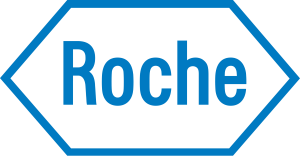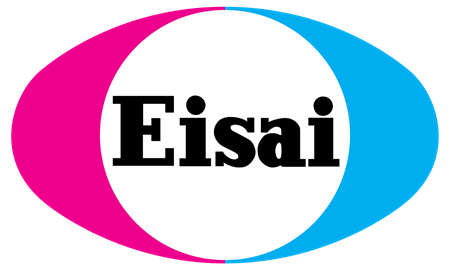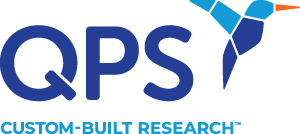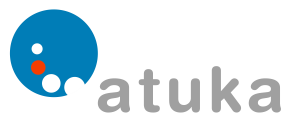Summary of the Neuro4D Conference, May 16 & 17 2022:
The Neuro4D Conference 2022 had 65 participants from 10 countries. 14 Academic presentations, 9 Drug Discovery Presentations, 4 Service Company Presentations, 8 lively Panel Discussions, 21 Posters. Multiple presented results originated from collaborations that were started during earlier Neuro4D conferences, which is the main objective for this conference and facilitates success in drug discovery. The face to face meeting was much appreciated after two years, in which such interaction was impossible due to the Corona pandemic.
All chairmen (Rakez Kayed, Neil Cashman, Erich Wanker & Oliver Peters) gave comprehensive introductions into their field for 30 min, before the 10 min presentations followed. Each presentation was followed by 5 min of Q&A and a Chairman-led panel discussion of at least 15 min at the end of each session. The audience used these sessions for many questions, and interaction with the speakers was indeed lively. We received a lot of positive feedback for this format, as it helped to understand new insights and different viewpoints. The poster session was given a lot of space in a special room, which was made part of the forum and small exhibition. Posters were always populated during the presentation breaks and many discussions let to new contacts and insights.
At the end of Day 1 many delegates enjoyed the tasting of organically grown (BIO certified) wines from winemaker Sommer, Siefersheim, Germany, and started to enjoy Riesling. This was directly followed by the BBQ dinner outside on the beautiful terrace in great weather. Many participants complimented about the great food choices and tastes. Again, we enjoyed outstanding Rheinhessen white wines, a Spanish red wine, beer, or soft drinks. Many new contacts were made during dinner and conversations were lively.
On the second day we had a focus on neurodegenerative diseases outside of AD and PD in the morning and learned about new insights into the disease mechanism of Hunting’s Disease, Ataxia, and frontotemporal dementia. Two presentations on biomarkers preceded the clinical session with presentations of Roche, Priavoid, Eisai and Biogen. This was the only session with two virtual speakers connected from the US. For many scientists it was challenging to understand the rationale behind some of the clinical approaches, given recent insights into the crucial role of soluble misfolded oligomers, but not insoluble plaques. However, it will obviously take more time until recent insights are fully tested by more clinical programs. Views on the recent FDA market authorization for Biogen’s antibody treatment were divided, although everybody welcomed the increased support that the Ad field received after this success. Although bold and unprecedented, the new approach of Priavoid, seemed to show merit in many preclinical models and recently had a first clinical success, which impressed many in the audience. In the last panel session, many delegates expressed their expectation of clinically successful disease modifying treatments to arise with the next years.
The poster price for the best presented approach in neurodegenerative disease drug discovery was selected by all participants and the first Neuro4D poster price was awarded to Andreas Müller-Schiffmann of Carsten Korth’s group, at the University of Düsseldorf, for the discovery of a potential new AD target.
- Major Sponsors:
- Topics Highlights:
- New insights support the importance of small and soluble misfolded protein aggregates for neurodegenerative diseases. These aggregates were shown to be important in many neurodegenerative diseases from AD, PD, FTD, HD, and likely also ALS. We will hear how such aggregates have been detected and structurally characterized for multiple diseases, how disease progression is spread from neuron to neuron and results in synaptic loss, neuronal dysfunction, brain inflammation and finally brain atrophy. Multiple drug discovery programs aim to interfere with this disease mechanism and have a good chance to become successful treatment options. We will have a session discussing clinical observations and outcomes in recently concluded trials.
- Conference Venue:
- Atrium Hotel Mainz
Flugplatzstraße 44
55126 Mainz
Germany
Tel.: +49 6131 80 15 0
info@atrium-mainz.de
www.atrium-mainz.de
- Poster Price presented at the International Neuro4D Conference 2022:
-
 A Disease Associated Conformation of Macrophage Migration Inhibitory Factor as a Novel Drug Target in Alzheimer’s Disease (PDF)
A Disease Associated Conformation of Macrophage Migration Inhibitory Factor as a Novel Drug Target in Alzheimer’s Disease (PDF)
 Certificate Poster Price.pdf (PDF)
Certificate Poster Price.pdf (PDF)

- Evaluation Results:
- Feedback Neuro4D Conference 2022:
-
Question*: Average Score Venue Was reaching Neuro4D convenient? 4,4 Did you enjoy the venue and atmosphere? 4,8 Content Was the conference content fulfilling your expectations? 4,3 Overall quality of presentations, posters and speakers? 4,3 Organisation & Social Programm Quality of the organization and team? 4,7 Did you enjoy the breaks, meals, wine tasting? 4,8 Did you meet interesting new contacts? 4,5 Does Neuro4D cover important aspects outside of existing conferences like ADPD, AAIC, SfN? 3,9 Would you want to participate in Neuro4D 2023? 4,1 Or only 2024#? 2,5#
* Open questions and their answers are not shown.
# Absence of vote was counted as lowest score ‘1’ - Download:
-
 2022 Conference Program (PDF)
2022 Conference Program (PDF)
- Sponsors:
-
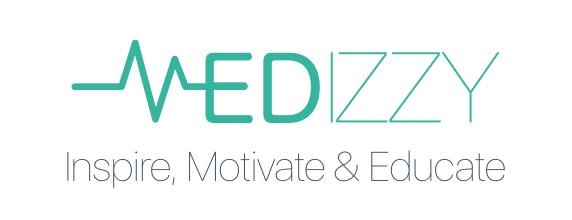
- Advisory Committee:
-
Neil Cashman; UBC, Vancouver, Canada
Tiago Outeiro; Exp. Neurodegeneration, U. Göttingen, Germany
Erich Wanker; Max Delbrück Centre, Berlin, Germany
Oliver Peters; Charité, Berlin, Germany
Manuel Buttini, Neuropathology and Animal Model Core Unit; Luxembourg
Marcus Fändrich, Ulm University, Germany
Joseph Araujo, InterVivo Solutions, Canada
- Organizer:
-
Dr. Andreas Köpke (bioExpert)
Tel: +49 6136 957 3000
info@bioexpert.biz
The highest score was 5, the lowest 1. We had 25 returned sheets of 60 delegates on site. We received a number of Emails after the conference, praising the format which includes so many interactions, the panel discussions, and the varied presentation content, thank you!
Some feedback asked for more clinical content and focus on AD and PD, whereas others wanted more preclinical, molecular and even technical content and liked that many neurodegenerative diseases were covered. Feedback on the clinical session was polarized and especially the apparently biased view of the industry speakers was criticized. All chairmen were complimented for the well-done overview part in their presentations.

